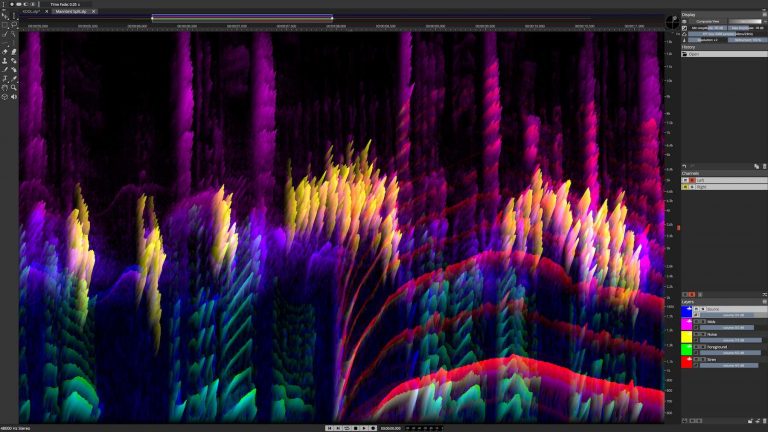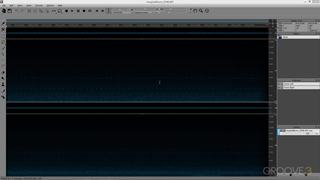

Some of these selection tools are quite intelligent: for example, if you use the frequency-selection tool to click at the point where – say – a vocal starts in the graph and drag the tool in the time axis, the selection will attempt to follow any frequency changes within that vocal component. Spectral editingĮditing in SpectraLayers typically begins by selecting an area within the FFT using the various selection tools – while not entirely necessary for all tasks, this is a good way to limit and control the frequencies and time ranges that will be affected by subsequent edits. This reflects changes that are being made, but cannot be edited directly and is simply for reference and to help when navigating within the software. The colour scheme can be modified, too, so that the colour of the graph changes with amplitude.Ībove the FFT graph, there’s a small conventional waveform. As you zoom in on this view, and start to get your eye in, you can see specific sounds and parts within the graph: vocal and other lead lines, bass and kick lines, snares – all of it! The view can also be tilted into 3D so that the amplitude information can be seen as the height of peaks in the graph.

It even works with pressure-sensitive graphics tablets.īy default, the FFT is viewed from above, so that it shows the frequency composition of the audio against a timeline, with amplitude represented by brightness. The difference is that with SpectraLayers you are painting with sound not colour, and your canvas is an audio FFT graph. The programme window also has a distinct image-editor look to it, with a toolbar down the left side, layer and history panels at the right and a large canvas area in the middle where you do the main editing work. These tools are used to select time and frequency ranges from within a sound and to then make modifications to them in any of the three audio domains: adjusting a selection’s pitch, increasing or decreasing its amplitude, and/or retiming a selection or moving it to another place in the audio altogether.


SPECTRALAYERS PRO TUTORIAL SOFTWARE
The similarity to image-editing software doesn’t end there, as the tools that you use to select, adjust and modify audio will be instantly recognisable to anybody who’s used software like Affinity Photo or Adobe Photoshop. SpectraLayers’ layers serve much the same purpose, but work with sound rather than pictures. SpectraLayers is built around the concept of layers (the clue’s in the name!) and this is borrowed directly from the world of photo- and image- editing software, where the user copies portions of an image, or imports new image content, to a new layer in order to make modifications that don’t destroy the original underlying material. SpectraLayers also comes with a standalone app that works independently of your DAW, and so doesn’t require the ARA2 support. This new version will run within any DAW that supports the ARA2 plug-in format, and has been designed to integrate particularly closely with Cubase and Nuendo, where it can replace the standard audio editor for audio parts assigned to the plug-in.
SPECTRALAYERS PRO TUTORIAL WINDOWS
The DAW pioneer has now released version 6 for Windows and macOS. Magix went on to release versions 4 and 5 of the software before the tech found yet another new home earlier this year with Steinberg. The SpectraLayers technology started life with Sony, which published version 1 in 2012, but it passed to Magix when it acquired the bulk of Sony’s media software a couple of years ago. This is precisely what Steinberg’s new SpectraLayers Pro 6 audio editor has been designed to do. The Holy Grail of audio editing, then, would be to work in all three domains simultaneously.


 0 kommentar(er)
0 kommentar(er)
